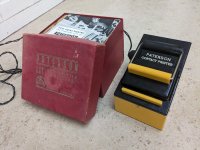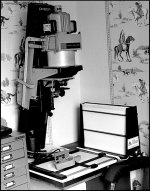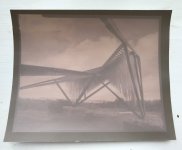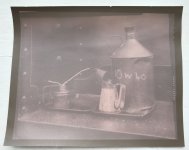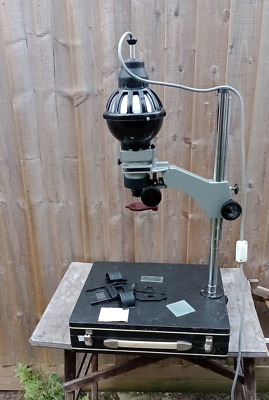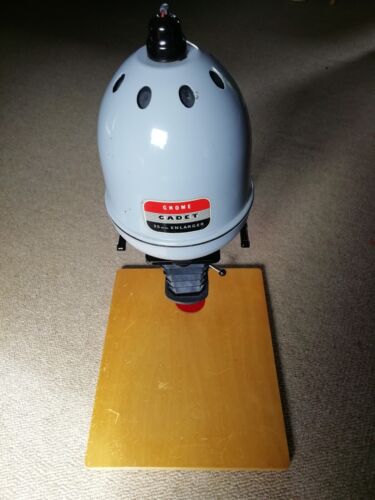- Messages
- 254
- Edit My Images
- No
I have so far exclusively scanned my negatives. I enjoy the process, and I occasionally use some of my scans to produce prints.
I would now like to play with a new (to me) idea. I have a few 6x9 cameras and would like to arrange the negative strip from a 120 roll shot in a 6x9 camera (so four strips of 2 negatives each) on a sheet of photographic paper. It could be a way to describe a photographic 'story' or a small 'journey' set in a few frames for example. Could be fun. I would also like to challenge myself to expose all 8 6x9 frames equally well, because they'll be printed all together by contact, so no edits, no choice of different papers etc.
Now here's the challenge. I know absolutely nothing of the paper side of film photography. What will I need, minimally, to do the above? I'd imagine the following
I can imagine that if the above were to work, nobody would stop me for purchasing a 10X8 Intrepid camera down the line and doing the same sort of thing with those huge negatives.
I would now like to play with a new (to me) idea. I have a few 6x9 cameras and would like to arrange the negative strip from a 120 roll shot in a 6x9 camera (so four strips of 2 negatives each) on a sheet of photographic paper. It could be a way to describe a photographic 'story' or a small 'journey' set in a few frames for example. Could be fun. I would also like to challenge myself to expose all 8 6x9 frames equally well, because they'll be printed all together by contact, so no edits, no choice of different papers etc.
Now here's the challenge. I know absolutely nothing of the paper side of film photography. What will I need, minimally, to do the above? I'd imagine the following
- photo paper (eg Foma)
- paper developer, paper fixer
- Some trays
- Clips to hang the wet paper
- Some sort of negative holder to keep the three strips in place whilst they're being exposed
- Some sort of light source with a timer
I can imagine that if the above were to work, nobody would stop me for purchasing a 10X8 Intrepid camera down the line and doing the same sort of thing with those huge negatives.
Last edited:

